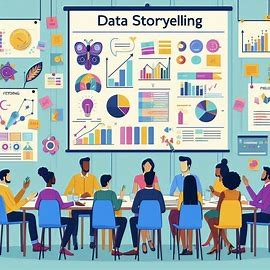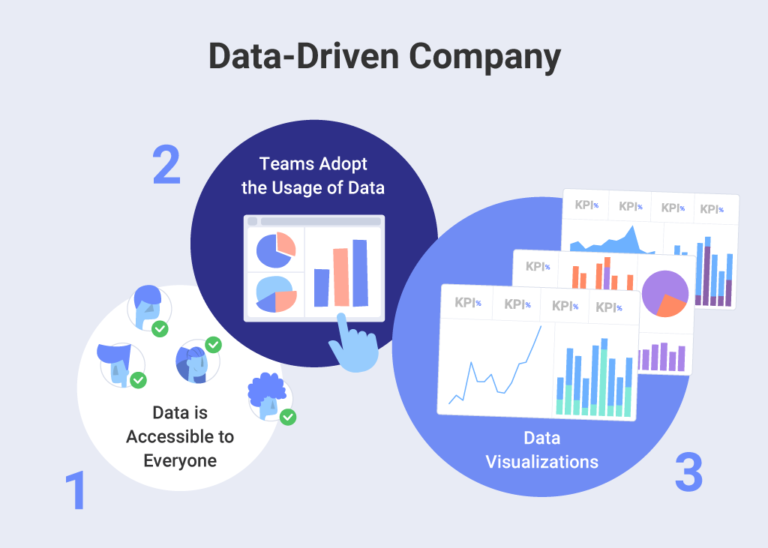How AI Is Revolutionising Customer Experience in Business
In today’s rapidly digitizing world, businesses are constantly looking for ways to elevate customer experience (CX), not just to meet expectations, but to anticipate and exceed them. Among the most powerful tools reshaping this space is Generative AI, a category of artificial intelligence that creates content, conversation, design, and decision support in real time.
From customer service to product design, generative AI is not just enhancing efficiency, it’s redefining how businesses engage with people.
What is Generative AI?
Generative AI refers to systems capable of creating original outputs , text, images, audio, video, and even code, based on patterns learned from vast datasets. Tools like ChatGPT, DALL·E, and Google’s Gemini are examples of generative AI platforms that can simulate human-like creativity and reasoning at scale.
Why Customer Experience Matters More Than Ever
In an era of commoditized products and abundant choices, experience is what differentiates a brand. Research shows that companies that lead in customer experience outperform their competitors in terms of revenue growth and customer retention. The key challenge? Delivering consistent, personalized, and high-quality service across multiple channels.
How Generative AI is Transforming CX
1. Hyper-Personalized Interactions
Generative AI can instantly generate customer-specific responses based on purchase history, browsing behavior, or real-time context. Imagine a chatbot that remembers a customer’s last inquiry, offers tailored product recommendations, and adjusts its tone to match the customer’s communication style, all autonomously.
2. 24/7 Intelligent Customer Support
Traditional chatbots were rule-based and often frustrating. Now, AI-powered virtual agents can handle complex queries, escalate issues when necessary, and even simulate empathy, providing a more humanized support experience without the wait times.
3. Smarter Product Descriptions and Content
Generative AI can dynamically generate product descriptions, marketing emails, and FAQs that match a user’s preferences. This allows e-commerce businesses, for example, to speak directly to different personas without manually rewriting content.
4. Voice and Visual AI Interfaces
AI voice assistants are becoming more natural and responsive. Meanwhile, image-based AI can help customers “try on” clothes virtually, scan real-world objects for information, or design custom furniture with a prompt. These features merge AI creativity with real customer value.
5. Real-Time Feedback and Sentiment Analysis
Generative AI can sift through customer reviews, social media mentions, and support tickets to identify pain points and recommend service improvements. It doesn’t just collect data, it interprets and translates it into actionable insights.
Challenges and Ethical Considerations
Despite its promise, the rise of generative AI brings challenges:
- Bias and hallucinations: AI can generate misleading or biased content if not trained responsibly.
- Privacy concerns: Handling customer data must comply with global data protection standards (e.g., GDPR, POPIA).
- Human touch: While AI enhances scale, human oversight is essential in emotionally sensitive or high-stakes interactions.
Businesses must blend automation with empathy, and use AI to enhance human capabilities, not replace them.
Looking Ahead: Augmented CX Teams
The future is likely to see hybrid teams where humans and AI collaborate seamlessly. Generative AI will handle repetitive and predictive tasks, freeing up employees to focus on creativity, strategic thinking, and building relationships.
Companies that invest in AI literacy, ethical frameworks, and customer-centric design today will be the CX leaders of tomorrow.
Conclusion
Generative AI is not just a trend, it’s a foundational shift in how businesses can deliver value. Those who embrace it thoughtfully and strategically will redefine what’s possible in customer experience.
Are you ready to unlock the full potential of AI in your business?
Need help integrating AI into your customer experience strategy? Contact us for a consultation.
How Generative AI is Transforming Business in 2025
Artificial Intelligence (AI) Training Courses
How AI is Revolutionizing Weather Forecasting?
Data security in collaborative data analytics
15 George Silundika Avenue,
Email: info@dataanalysis.co.zw









